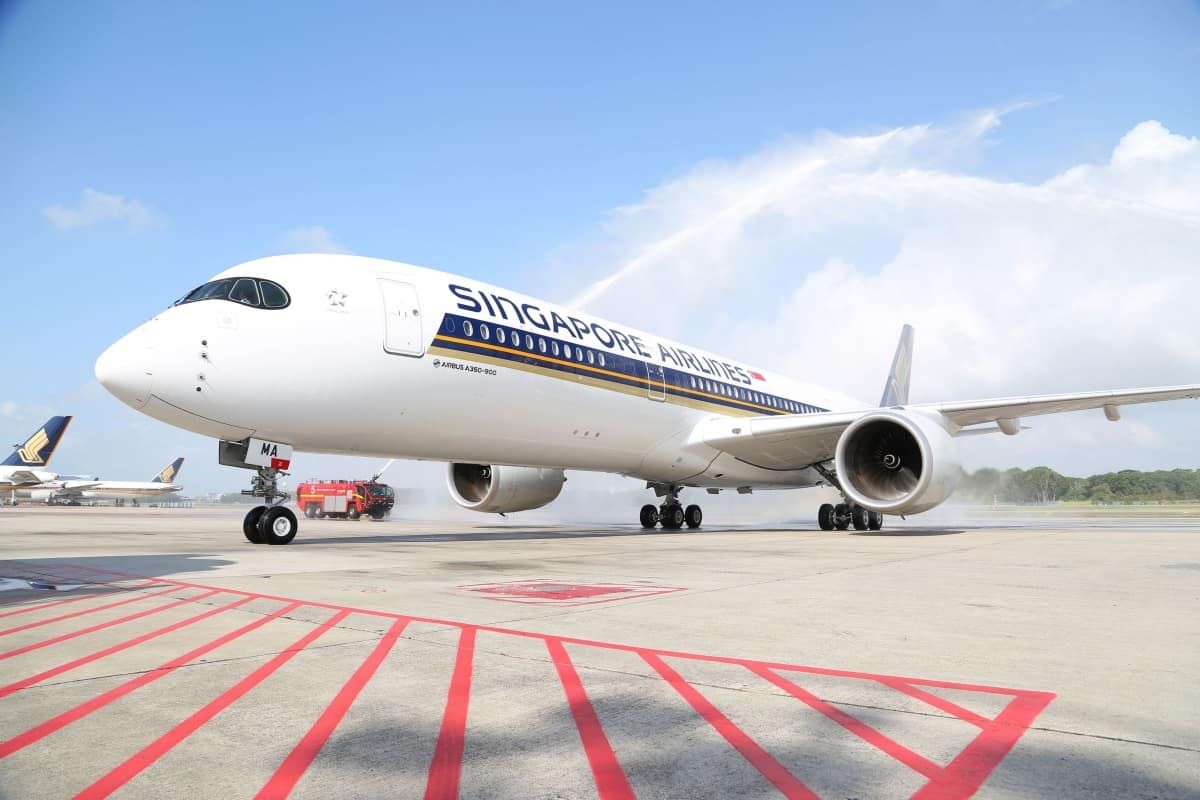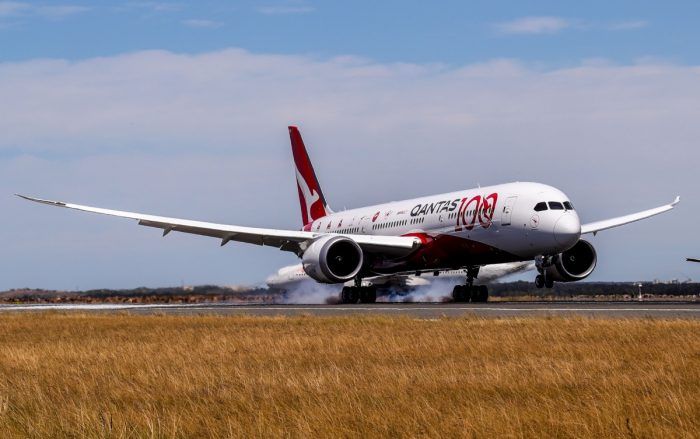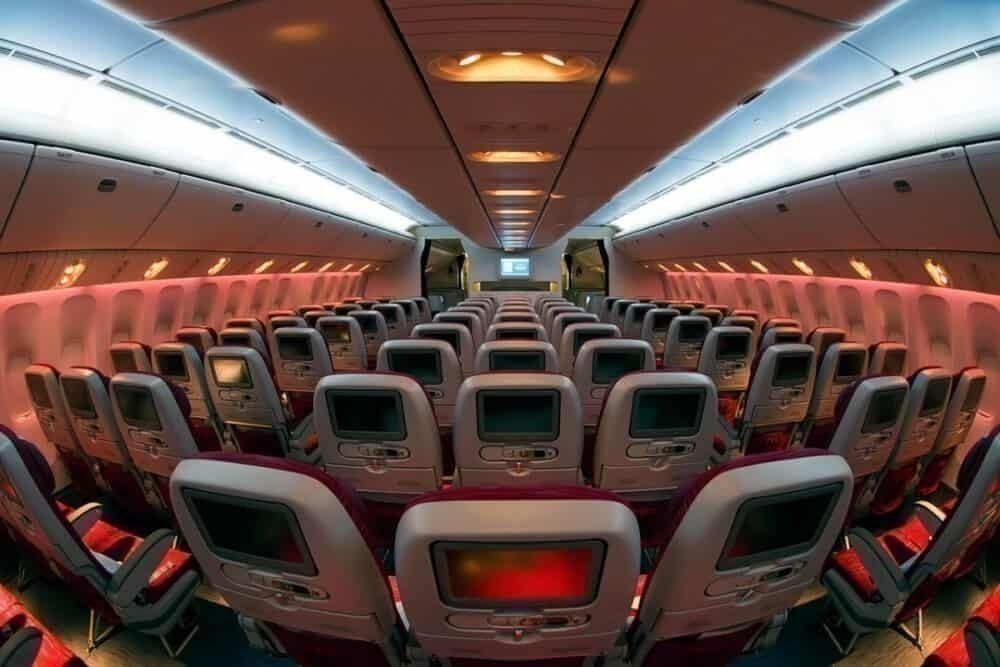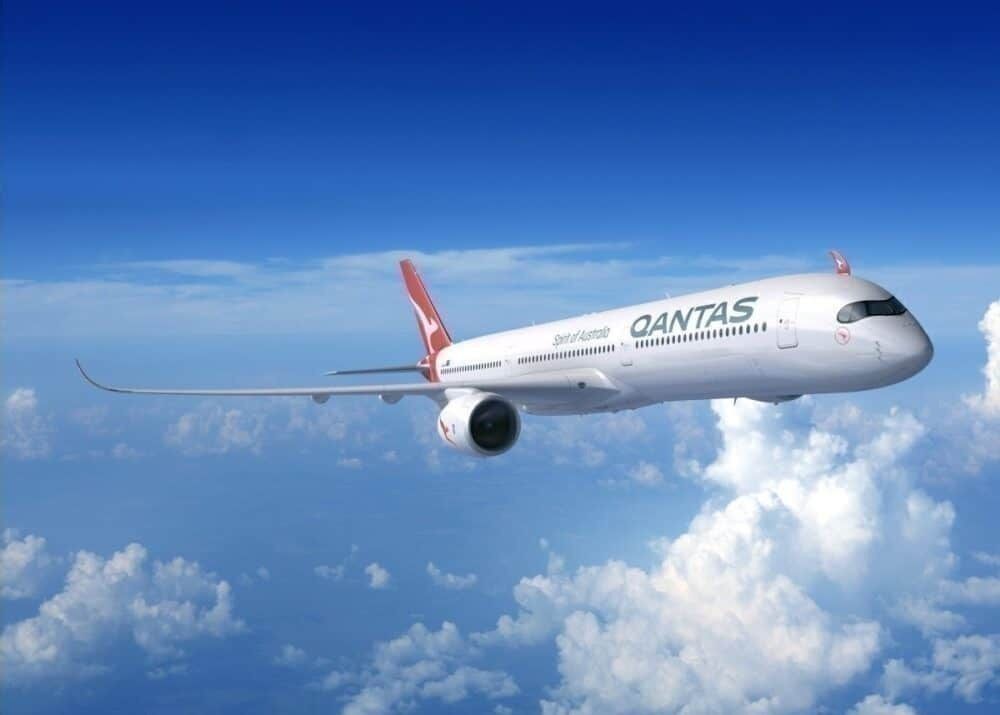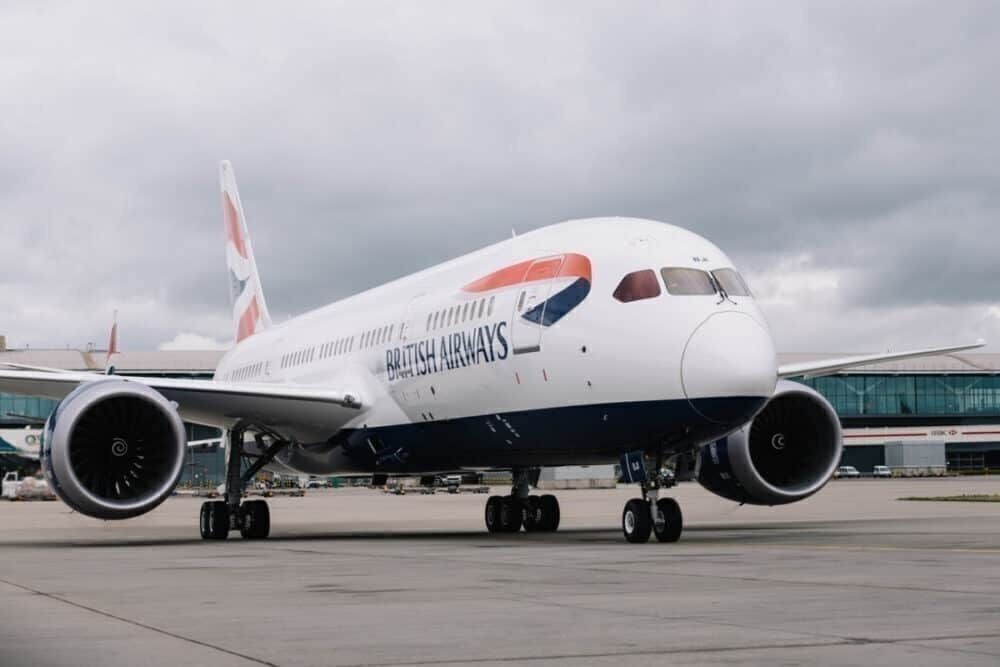Ultra-long-haul flights have been on the rise for a while now. With access to cheaper fuel prices and highly-efficient aircraft, airlines around the world are introducing new routes. While these routes do come with innovation in the front of the plane, how will passengers in economy survive a 12+ hour journey? Let's find out!
The rise of ultra-long-haul flights
When looking at the list of longest flights in the world, a few things stand out. Of the 10 longest flights in the world, all but two have been introduced in the last five years. The dramatic rise in the number of long-haul routes is a trend that is set to continue into the future.
There have been a few reasons why ultra-long-haul flights have become popular in the last few years with both passengers and airlines alike. For passengers, these routes sometimes offer the only available non-stop flights (Perth to London), or simply reduce flight time and avoid inconvenient layovers.
For airlines, these routes are highly lucrative since there is usually little competition. Qantas, for example, has achieved a remarkable 94% load factor on its Perth to London route. As mentioned, the lower fuel prices and newer aircraft have played a key role too, allowing for airlines to start these routes profitably. More on these factors later.
Economy for 16 hours
While the idea of ultra-long-haul routes is quite exciting, things can be a lot more tiring in reality. While passengers in business class can expect curated meals and a flatbed experience, passengers in economy are unlikely to see a drastic change in the hard product.
Most airlines, for now, have not designed special cabins for ultra-long-haul routes, rather using their more comfortable aircraft for these routes. This means you could be stuck in a regular economy class seat for over 16 hours, leading to not only discomfort but possible health concerns too.
Airlines currently operating ultra-long-haul routes have done their best to offer a more comfortable cabin. Qatar uses its 3-3-3 configured 777-200LR, offering passengers more width and legroom. Qantas has adjusted its Dreamliner seats to offer a bit more legroom and recline. To compensate for the hard product, airlines have taken to offering a sprawling inflight service. Airlines are offering more, higher-quality meals as well as various amenities.
This does make for a more comfortable flight, although these changes are by no means drastic. Passengers will still be tired after spending 16 hours in a cramped seat, no matter how great the food. However, all of this is set to change soon.
New cabins are coming
As ultra-long-haul flights become more popular, airlines are preparing to roll out new cabins to ensure passenger comfort. Singapore Airlines made the first move in this area, opting to remove economy altogether and sticking to an all-premium economy and business class configuration. While this might work for a highly profitable route, airlines generally need more seats to make money on a trip.
As a part of its Project Sunrise plans, Qantas is looking to redesign its economy cabin. The airline hopes to start direct flights from Sydney to London and New York, flights that would be over 18 hours long. The length of the flight, along with potential health concerns, has led the airline to look for a more comfortable seating arrangement.
Details on this cabin are still to be announced, but passengers can expect more comfortable seats and better service in economy, at the least. However, the project is currently shelved and it will likely be years before these planes go into service.
Other airlines could follow the lead of Singapore Airlines and Qantas, offering redesigned cabins for ultra-long-haul flights. As airlines offer more of these routes, dedicated planes will start to make sense, especially if airlines hope to attract economy passengers.
Some tips for your next flight
While most of us are on the ground, we will be back flying soon. For ultra-long-haul flights, there are some things to keep in mind.
- Try to book an extra legroom seat: One way to ensure a more comfortable journey is to book an extra legroom seat. These are usually emergency exit seats, which let you stretch out with no one in front of you.
- Stay hydrated: One key tip recommended by all doctors is to ensure you don't get too dehydrated on the flight. This means drinking a lot of water throughout the flight to ensure you aren't too fatigued upon landing. It's probably best to also bring your own bottle unless you'd like to ask the flight crew for water a dozen times.
- Take advantage of newer planes: Both the 787 and A350 feature more cabin humidity and lower pressurization levels. This allows you to get better sleep and avoid jet lag, making for a better flight experience.
- Stay active and get some sleep: Walking around the cabin and stretching your legs is a great way to reduce the risk of any health issues. This will also keep you alert and prevent fatigue, something you will likely experience on a flight that long. Sleeping in line with your destination time will also ensure you minimize jet lag altogether.
Enjoy the flight!
Ultra-long-haul flights will always come with a degree of tiredness and boredom, especially in economy. Until the time airlines can offer redesigned economy cabins, it's best to just enjoy the journey and try to stay as comfortable as possible. It might also be helpful to keep an eye out for premium economy and business class deals, which can be great for a flight this long.
What do you think about long-haul flights? What are some of your tips? Let us know in the comments below!
Stay informed: Sign up for our daily aviation news digest.

